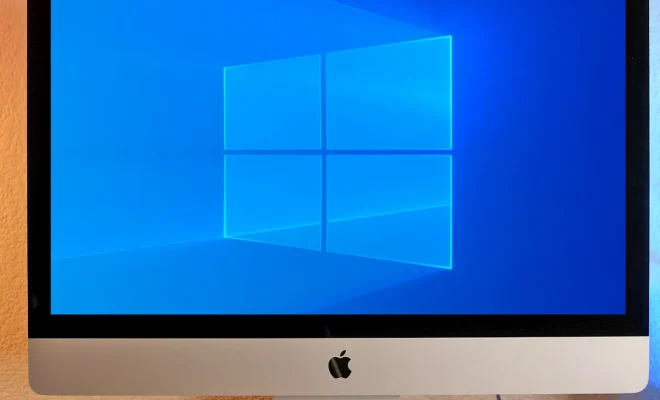What is a Protocol?

In the world of technology, a protocol is a set of rules that governs how data is transmitted and received between devices. It is a standard that defines the format, sequence, and error control of data sent over a communication channel. Protocols enable devices to communicate with each other, ensuring data is transmitted efficiently and securely.
In simpler terms, think of it as a language spoken between two devices that allows them to communicate with each other. Just as human beings have different languages they speak, devices also have their protocols that they use to communicate.
Protocols are crucial in modern computing systems since they act as the interface between different layers of hardware and software. For instance, a protocol is used when a mouse communicates with a computer’s operating system, or when your smartphone sends data to a remote server.
Protocols can vary depending on their use, application, and communication medium. Here are a few examples of different protocols:
1. Transmission Control Protocol/Internet Protocol (TCP/IP) – this is a widely-used protocol that governs how data is transmitted over the internet.
2. Hypertext Transfer Protocol (HTTP) – this is the protocol used to access websites on the World Wide Web.
3. File Transfer Protocol (FTP) – this is a protocol used to transfer files between networked devices.
4. Simple Mail Transfer Protocol (SMTP) – this is the protocol that governs how emails are sent between devices.
5. Bluetooth – this is a wireless protocol used to transfer data between devices such as smartphones, laptops, and headphones.
Different protocols can have different strengths and weaknesses. For example, some protocols might be faster, while others might be more secure.
Protocols are usually developed by standards organizations such as the International Electrotechnical Commission (IEC), the International Organization for Standardization (ISO), or the Institute of Electrical and Electronics Engineers (IEEE). These organizations work to ensure that protocols are widely adopted across the industry.
In conclusion, protocols are a vital aspect of modern computing systems. They enable devices to communicate with each other accurately and safely, ensuring that data is transmitted efficiently and securely. Understanding the different protocols used in various applications can help you optimize your network and prevent communication issues.




